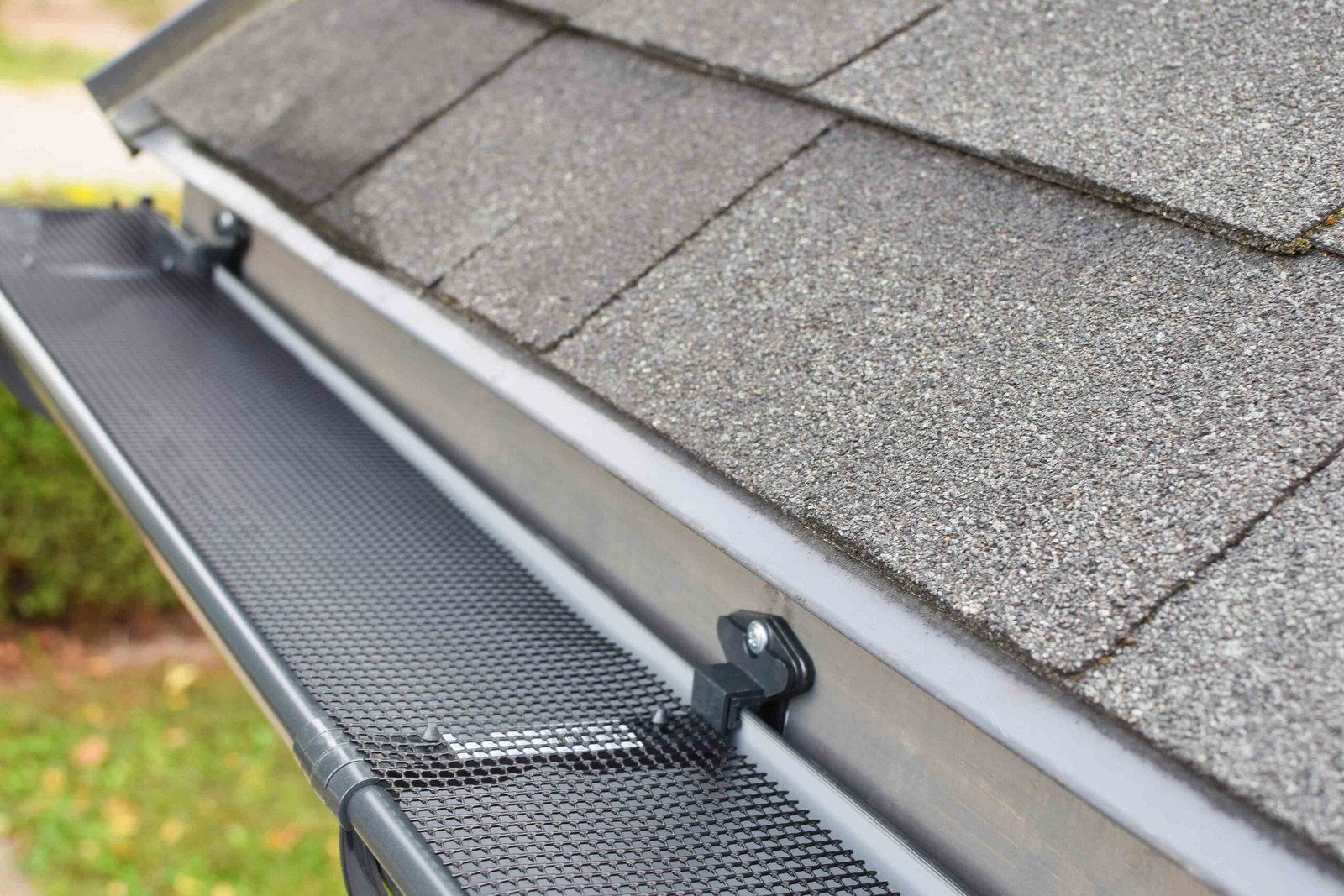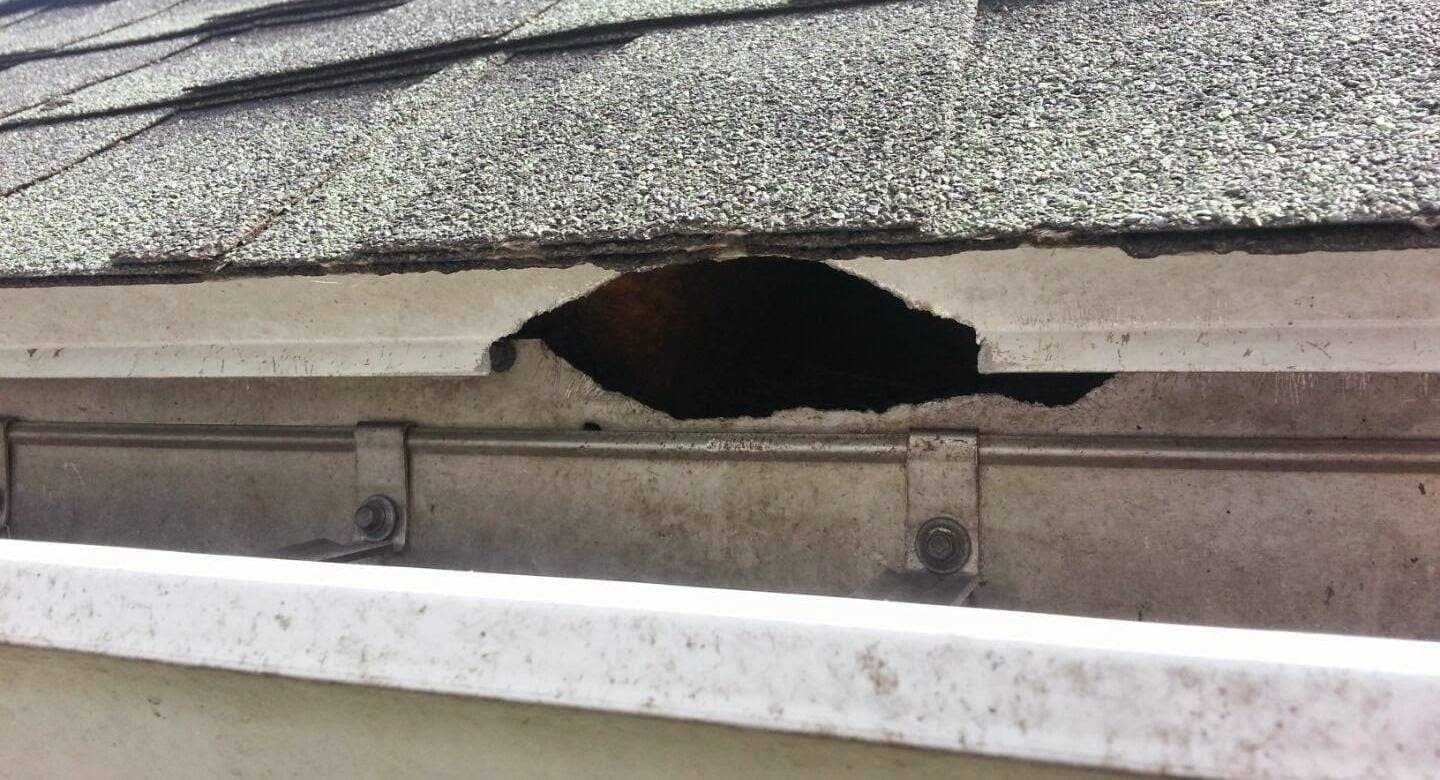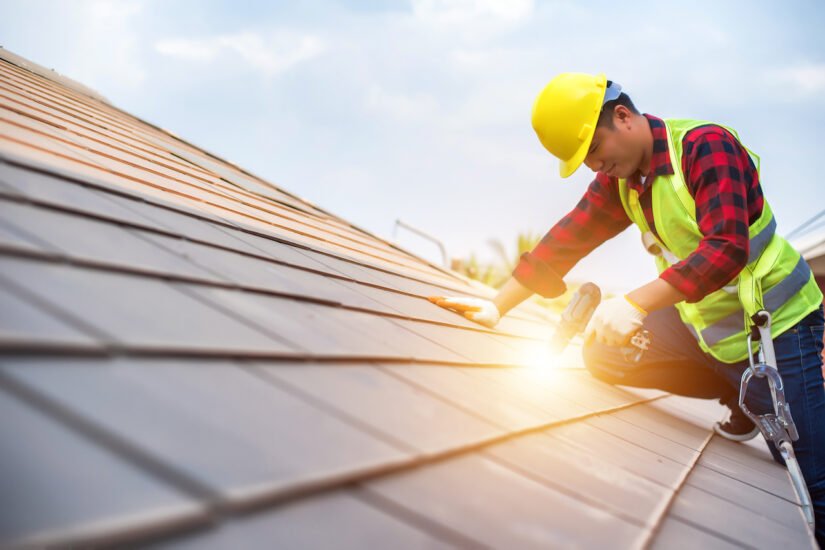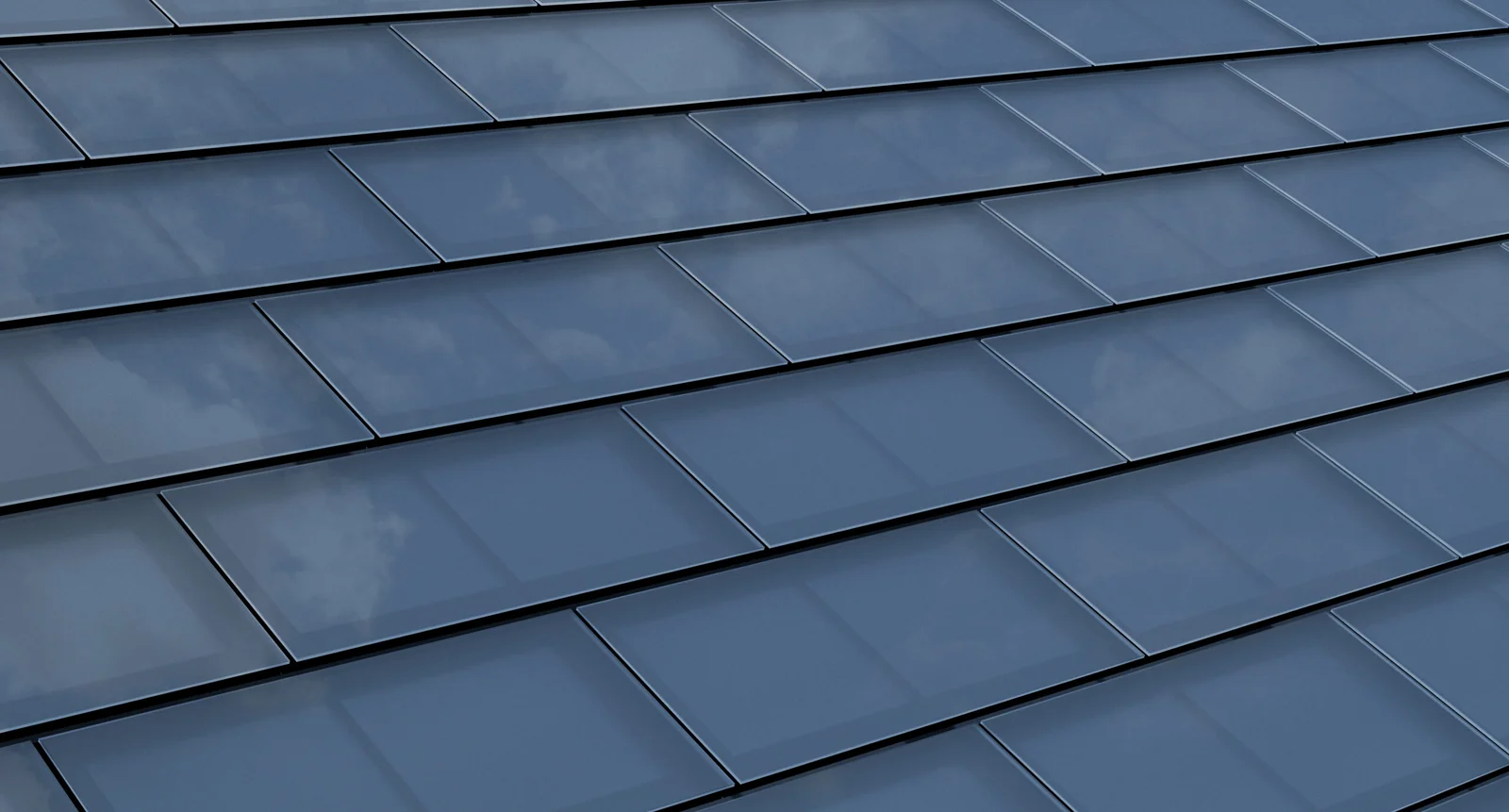In the pursuit of sustainable practices, homeowners and builders are increasingly turning to environmentally-friendly roofing materials. These materials not only reduce energy consumption and increase comfort levels but also have a positive impact on the environment.
However, with a wide range of options available, it can be challenging to determine the most suitable choice for a sustainable roof. This article aims to provide an objective and research-driven analysis of the top three sustainable roofing materials. By considering factors such as recyclability, longevity, and carbon footprint, readers will be equipped with the necessary knowledge to make informed choices that align with their environmental goals.
Furthermore, this article takes a holistic perspective by exploring the social and economic implications of these materials, providing a comprehensive understanding of their suitability in various regions and climates. By presenting practical solutions and recommendations, this article aims to guide homeowners and builders towards sustainable roofing options that prioritize both environmental and economic benefits.
The Top 3 Sustainable Roofing Materials
In exploring the top 3 sustainable roofing materials, it is important to consider their environmental benefits, energy efficiency, and durability, as these factors contribute to reducing carbon emissions and improving the overall environmental impact of homes while providing long-term cost savings.
An environmental engineer or sustainability consultant would approach writing about sustainable roofing materials with a strong emphasis on research. They would gather and analyze data from various sources to provide accurate and reliable information about the environmental impact, energy efficiency, and overall sustainability of different roofing materials.
These professionals would focus on presenting practical solutions and recommendations for sustainable roofing options. They would highlight the benefits and drawbacks of each material, considering factors such as recyclability, longevity, and carbon footprint. Their writing would aim to guide readers in making informed choices that align with environmental goals.
An environmental engineer or sustainability consultant would take a holistic view of sustainable roofing materials, considering not only their environmental impact but also their social and economic implications. Their writing would likely touch upon topics such as the life cycle assessment, cost-effectiveness, and suitability of different materials in various regions or climates. They would strive to provide a well-rounded understanding of the topic.
Aesthetically appealing options
Aesthetically pleasing choices for roofs include shingle options made from well-managed forests or reclaimed slate and clay tiles, which can add a touch of elegance to any home design. These materials not only provide visual appeal but also offer several environmental benefits.
Shingle roofs made from well-managed forests provide a natural and eco-friendly option while offering insulation properties. On the other hand, reclaimed slate and clay tiles are known for their durability and excellent weather resistance.
These materials do not require harsh manufacturing processes and can last up to a century with proper maintenance. Although they may be initially more expensive, they offer long-term savings in replacement costs. The table below summarizes the key characteristics and benefits of these aesthetically appealing sustainable roofing options:
| Roofing Material | Characteristics | Benefits |
|---|---|---|
| Shingle roofs made from well-managed forests | Eco-friendly and visually appealing | Natural insulation |
| Reclaimed slate and clay tiles | Durable and weather-resistant | Excellent insulation and long lifespan |
By considering these materials, homeowners can achieve both aesthetic appeal and sustainable roofing solutions for their homes.
Installation processes
During the installation process of eco-friendly roofing options, careful consideration must be given to the specific requirements and guidelines, including obtaining necessary building permits and inspections from local authorities.
An environmental engineer or sustainability consultant would approach writing about sustainable roofing materials with a strong emphasis on research. They would gather and analyze data from various sources to provide accurate and reliable information about the environmental impact, energy efficiency, and overall sustainability of different roofing materials.
These professionals would focus on presenting practical solutions and recommendations for sustainable roofing options. They would highlight the benefits and drawbacks of each material, considering factors such as recyclability, longevity, and carbon footprint. Their writing would aim to guide readers in making informed choices that align with environmental goals.
Additionally, they would take a holistic view of sustainable roofing materials, considering not only their environmental impact but also their social and economic implications. Their writing would likely touch upon topics such as the life cycle assessment, cost-effectiveness, and suitability of different materials in various regions or climates. They would strive to provide a well-rounded understanding of the topic.
Contractors
Contractors specializing in eco-friendly roofing installations possess the necessary expertise and certification to ensure the proper installation of sustainable roofing options. These contractors play a crucial role in the successful implementation of sustainable roofing materials.
Here are three key reasons why hiring a specialized contractor is important:
- Expertise: Contractors with experience in eco-friendly roofing understand the unique requirements and installation techniques for sustainable materials. They can provide guidance on the best options for specific climates and help homeowners make informed decisions.
- Quality Assurance: Specialized contractors have the knowledge and skills to install sustainable roofing materials correctly. This ensures that the roof performs as intended, maximizing its energy efficiency and durability.
- Compliance: Sustainable roofing installations often require building permits and inspections from local authorities. Specialized contractors are familiar with these requirements and can navigate the necessary processes to ensure compliance.
By hiring a contractor specializing in eco-friendly roofing, homeowners can have peace of mind knowing that their sustainable roof is installed correctly and will provide long-lasting benefits.
Choice of roofing material
When considering the appropriate material for a sustainable roof, homeowners must evaluate factors such as durability, affordability, eco-friendliness, and how well it complements the design of their home. An environmental engineer or sustainability consultant would approach writing about sustainable roofing materials with a strong emphasis on research. They would gather and analyze data from various sources to provide accurate and reliable information about the environmental impact, energy efficiency, and overall sustainability of different roofing materials.
These professionals would focus on presenting practical solutions and recommendations for sustainable roofing options. They would highlight the benefits and drawbacks of each material, considering factors such as recyclability, longevity, and carbon footprint. Their writing would aim to guide readers in making informed choices that align with environmental goals.
Taking a holistic view, they would also consider the social and economic implications of different materials, including life cycle assessment, cost-effectiveness, and suitability in various regions or climates.
Sustainable wood shakes and green roofs
Sustainable wood shakes and green roofs offer homeowners the opportunity to reduce rainwater runoff and air pollution. These roofing materials provide numerous benefits that contribute to a more sustainable and eco-friendly home.
- Reduced rainwater runoff: Green roofs and wood shakes absorb and retain rainwater, reducing the amount of runoff that can contribute to flooding and strain on drainage systems.
- Decreased air pollution: Green roofs act as natural air filters, capturing pollutants and improving air quality. Wood shakes, made from sustainable and renewable sources, have a lower carbon footprint compared to other roofing materials.
- Enhanced biodiversity: Green roofs provide habitat for birds, insects, and plants, promoting biodiversity in urban areas.
By choosing sustainable wood shakes or green roofs, homeowners can actively participate in environmental conservation efforts while enjoying the aesthetic appeal and long-lasting durability of these roofing options.
Cool roofs and reinforced rubber shingles coated with ground slate
Cool roofs and reinforced rubber shingles coated with ground slate offer homeowners an effective solution for reducing energy bills and increasing the energy efficiency of their homes. These sustainable roofing materials have gained popularity for their ability to reflect sunlight and reduce heat absorption, resulting in lower energy consumption for cooling.
Cool roofs, typically made with reflective materials, contribute to reducing urban heat islands and greenhouse gas emissions.
Reinforced rubber shingles coated with ground slate provide durability and weather resistance while offering insulation benefits and reflecting sunlight.
Both options have a positive impact on the environment by reducing energy consumption and carbon emissions. Additionally, these materials can add aesthetic appeal to homes and contribute to the overall value of the property.
When considering sustainable roofing options, homeowners should weigh factors such as recyclability, longevity, and the overall environmental impact.
Eco-friendly roofing materials
Eco-friendly roofing options offer homeowners a selection of durable and visually appealing materials that can enhance the overall aesthetics and environmental impact of their homes. These sustainable roofing materials are designed to minimize negative environmental impacts throughout their life cycle, from production to disposal.
They are often made from recycled or renewable materials and have a lower carbon footprint compared to traditional roofing materials. Additionally, eco-friendly roofing options provide long-term energy efficiency and potential cost savings. They offer strong weather resistance and durability, requiring minimal maintenance.
However, it is important to consider specific roof design requirements and availability in different locations. By choosing the right eco-friendly roofing material, homeowners can contribute to a more sustainable future while enjoying the benefits of a beautiful and energy-efficient roof.
| Benefits | Considerations |
|---|---|
| Lower carbon footprint | Specific design requirements |
| Energy-efficient | Availability and accessibility |
| Long-term cost savings | Climate suitability |
| Minimal maintenance | Availability of contractors with expertise |
| Strong weather resistance and durability | Proper ventilation and insulation requirements |
| Aesthetically appealing | |
| Made from recycled or renewable materials |
Conclusion
In conclusion, sustainable roofing materials offer a range of benefits for homeowners and the environment. Through research-driven analysis, it is evident that these materials contribute to energy savings, reduce carbon emissions, and provide durability.
By considering factors such as recyclability and longevity, homeowners can make informed choices that align with their environmental goals. Additionally, a holistic perspective takes into account the social and economic implications of sustainable roofing materials, including their cost-effectiveness and suitability in different regions or climates.
Overall, sustainable roofing options provide practical solutions for homeowners to reduce their environmental impact and promote sustainability.



